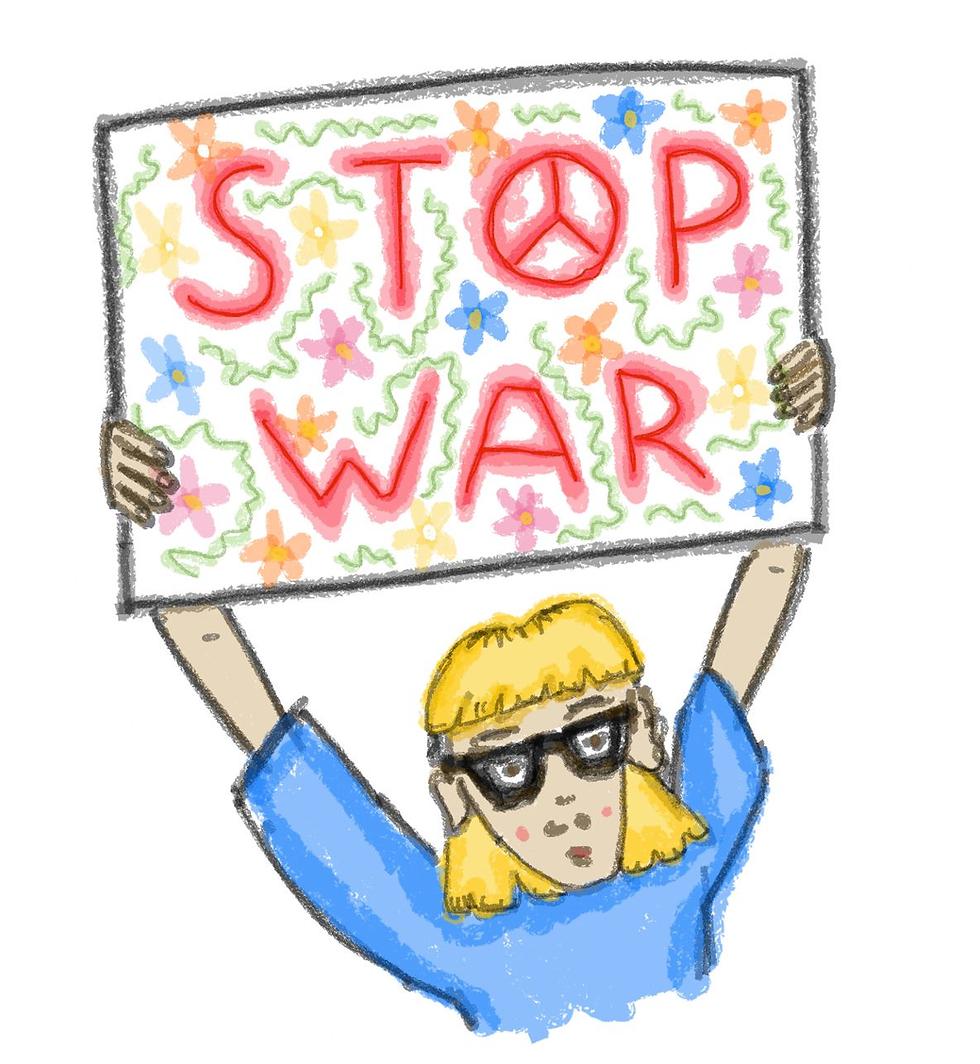La Guajira: Abundant Energy, Scarce Water
- Nicolle Delgado
- Dec 19, 2024
- 3 min read
La Guajira — a Colombian peninsula bordering Venezuela — is home to one of the largest open coal mines in the world. This area was first home to an indigenous people, the Wayuu, who are now facing the ecological effects of living next to the Cerrejon, the 10th largest coal mine in the world. This coal mine was established in the 1980s by BHP, a U.K.-Swiss-Australian mining conglomerate. Since then, the various clans that make up the Wagyuu population have been dealt the unfortunate hand of having their environment polluted by the coal dust that this mine produces. The western conglomerate that founded the mine not only created the issues the Wagyuu face, but also continue to contribute to them by benefiting from use of the mine for energy production to this day. In addition to pollution, the Wagyuu also face intensified droughts due to the “use of more than 16 million liters (4.2 million gallons) of water every day” (Fillipo Rosso). La Guajira is a desert region which means that it already suffers from a lack of access to drinkable water due to natural droughts. The last thing a region that suffers from drought needs is a coal mine taking this already scarce resource. Lack of this resource not only means a lack of drinking water but also a lack of water for farming. As a result, extreme malnutrition and famine plague the area. José Miguel Vivanco, America's former director at Human Rights Watch, has stated that “This situation has for years contributed to one of the highest levels of child malnutrition in Colombia” (Human Rights Watch). While national child death rates in the rest of Colombia go down, they have actually increased in La Guajira. Attempts have been made to better the situation in La Guajira, including a 2011 plan to build a dam that would provide water to the area, however, local and political corruption has resulted in attempts at providing aid never fully coming to fruition.
The energy that the Cerrejon produces is for the most part exported to Europe, meaning that these issues were created and are currently perpetuated by European countries. According to the Observatory of Economic Complexity at MIT, 20% of Colombia’s total coal exports in 2017 went mainly to Europe. One might think that this massive production of energy would at least lead to employment that would benefit those in the area, which is not the case. Those who are currently employed by these mining companies have attempted to strike, both due to the conditions they face and the attempts that have been made to take away the few union benefits they receive, such as retirement pensions and accommodation for transportation costs. To further refute the idea that the mass coal production of the area would lead to improvements in employment, the Wayuu are currently met with a lack of jobs, in combination with being essentially ignored by the Colombian government, meaning that they must turn to smuggling. Even children get involved, “They jump onto the back of the trucks and refuse to get down until they are paid a few coins, candy, or plastic bags filled with water” (Fillipo Rosso). The European countries that benefit from the energy that this region produces must take more responsibility for the humanitarian crisis currently taking place. Turning to clean energy sources would be a start, but reparations must be made in order to begin the process of revitalizing an area that has been so heavily affected by the disruption of coal mining which has provided so much energy to the European market. My aunt actually lived in La Guajira for a time, and while she did speak to me about the socioeconomic issues present in the area, she mostly emphasized the beauty of this region’s natural landscape and of the cultural traditions of its people, two things that must be preserved with the attention and aid of the western countries that have jeopardized them.
Additional sources referenced:
ROSSO, NICOLÓ FILIPPO. “In Colombia’s La Guajira, the Native Wayuu Are Forgotten in the Dust.” Mongabay Environmental News, 13 May 2020, news.mongabay.com/2020/05/in-colombias-la-guajira-the-native-wayuu-are-forgotten-in-the-dust/.
“Colombia: Indigenous Kids at Risk of Malnutrition, Death.” Human Rights Watch, 28 July 2022, www.hrw.org/news/2020/08/13/colombia-indigenous-kids-risk-malnutrition-death.







Comments